Expansion of the Rubber Industry
The expansion of the rubber industry serves as a significant driver for the Insoluble Sulfur Market. With the increasing applications of rubber in various sectors, including automotive, construction, and consumer goods, the demand for insoluble sulfur is expected to rise correspondingly. The rubber industry has been experiencing a steady growth rate, with projections suggesting an increase of around 5% annually. This growth is attributed to the rising consumption of rubber products, particularly in emerging markets where industrialization is accelerating. As manufacturers seek to improve the quality and performance of rubber products, the incorporation of insoluble sulfur becomes essential, thereby enhancing its market presence and relevance.
Rising Demand from the Footwear Sector
The rising demand from the footwear sector is emerging as a notable driver for the Insoluble Sulfur Market. As consumer preferences shift towards high-quality and durable footwear, manufacturers are increasingly incorporating advanced materials, including rubber compounds that utilize insoluble sulfur. This trend is particularly evident in the athletic and performance footwear segments, where durability and comfort are paramount. Recent estimates suggest that The Insoluble Sulfur Market is expected to grow at a rate of approximately 3.5% annually, with a significant portion of this growth attributed to the demand for innovative materials. Consequently, the footwear industry's expansion is likely to bolster the demand for insoluble sulfur, further solidifying its market position.
Increasing Demand for High-Performance Tires
The rising demand for high-performance tires is a pivotal driver in the Insoluble Sulfur Market. As automotive manufacturers focus on enhancing vehicle performance, the need for tires that offer superior durability and resistance to wear has surged. Insoluble sulfur is a critical component in the production of these high-performance tires, as it enhances the rubber's strength and elasticity. Recent data indicates that the tire manufacturing sector is projected to grow at a compound annual growth rate of approximately 4.5% over the next few years, further propelling the demand for insoluble sulfur. This trend is likely to continue as consumers increasingly prioritize safety and performance in their vehicle choices, thereby solidifying the role of insoluble sulfur in tire production.
Regulatory Support for Sustainable Practices
Regulatory support for sustainable practices is increasingly influencing the Insoluble Sulfur Market. Governments worldwide are implementing stringent regulations aimed at reducing environmental impact, which encourages manufacturers to adopt eco-friendly materials and processes. Insoluble sulfur, known for its lower environmental footprint compared to other sulfur compounds, is gaining traction as a preferred choice in various applications. This shift towards sustainability is likely to drive demand, as companies seek to comply with regulations while also appealing to environmentally conscious consumers. The market for sustainable rubber products is projected to grow significantly, further enhancing the role of insoluble sulfur in meeting these evolving standards.
Technological Innovations in Production Processes
Technological innovations in production processes are transforming the Insoluble Sulfur Market. Advances in manufacturing techniques, such as the development of more efficient vulcanization processes, are enabling producers to enhance the quality and consistency of insoluble sulfur. These innovations not only improve production efficiency but also reduce costs, making it more accessible to a broader range of industries. Furthermore, the integration of automation and digital technologies in production lines is expected to streamline operations, leading to increased output and reduced waste. As a result, manufacturers are likely to benefit from improved profit margins, which could stimulate further investment in the insoluble sulfur sector.



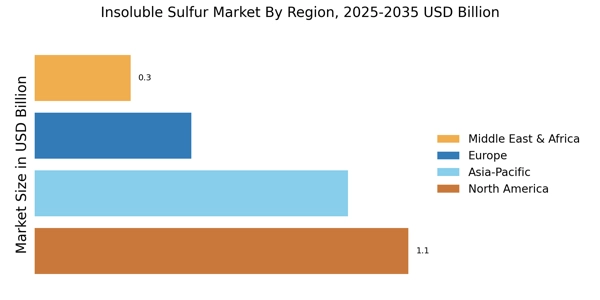

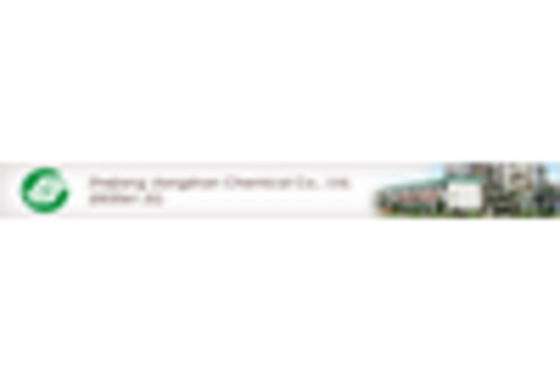
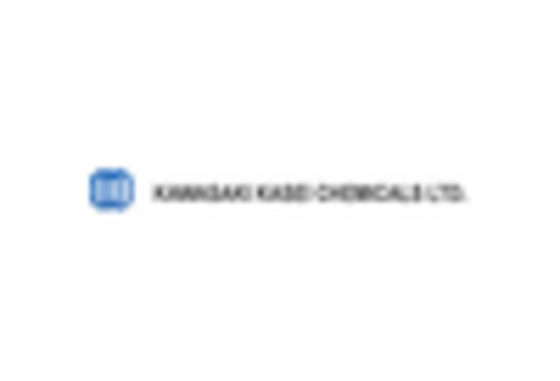

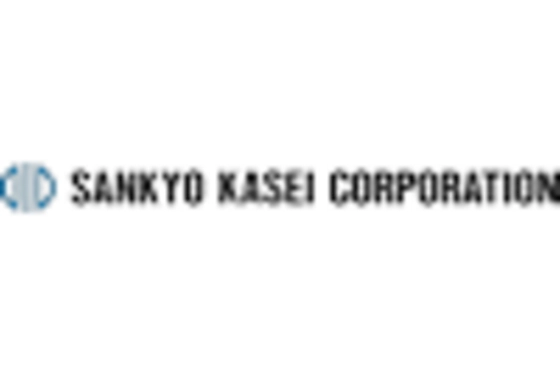
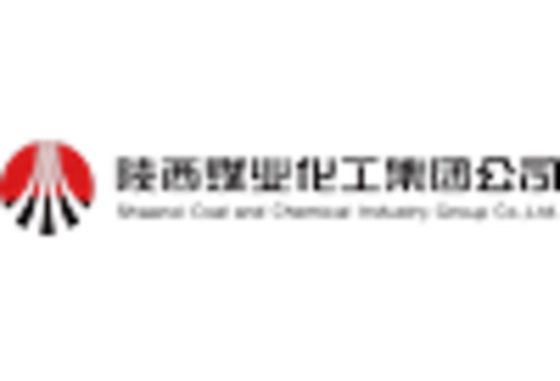








Leave a Comment